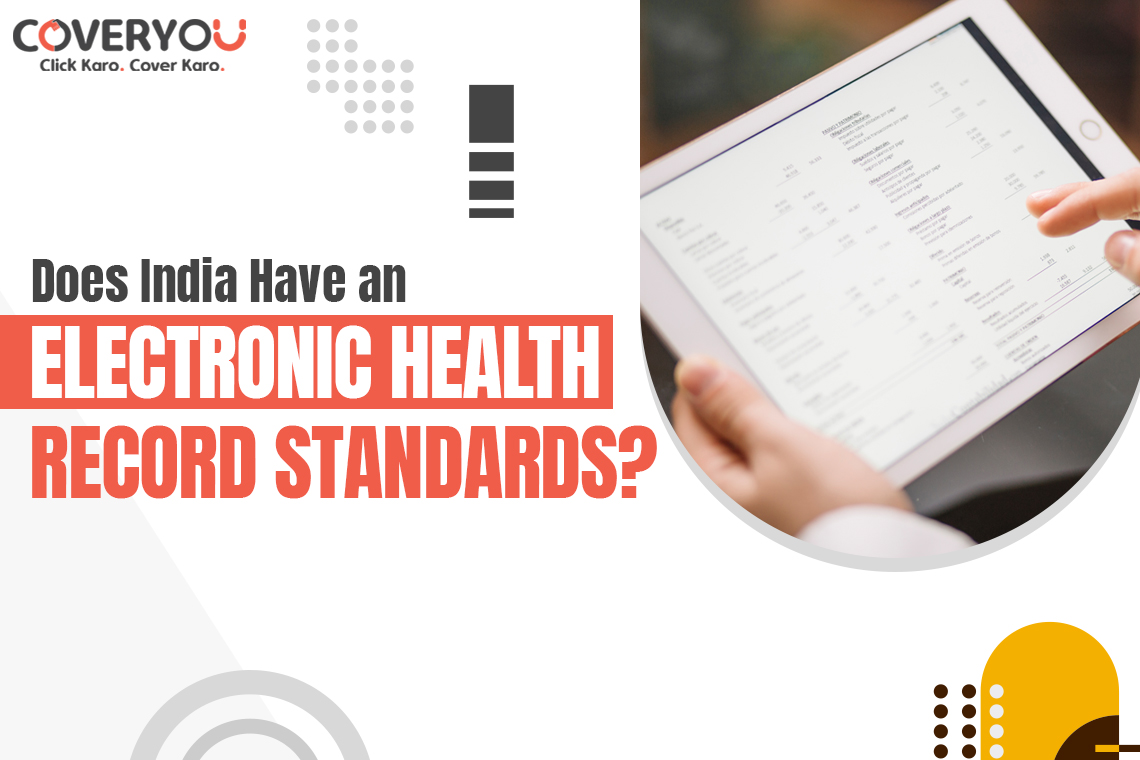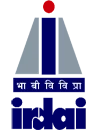In September 2013, The Ministry of Health and Family Welfare (MoHFW) established the Electronic Health Record Standards for India. So yes India does have an Electronic Health Record or Electronic Medical Record (EMR) standards in place. The EHR standards for India are inspired by the best practices and expertise from around the globe. Endorsed by regulatory authorities, medical professional bodies and stakeholders.
Over the years MoHFW has been trying to promote the adoption of the EHR system. The significant steps in this direction include making Systematised Medical Nomenclature for Medicine – Clinical Terminology (SNOMED CT) used for free in the country & appointment of an interim National Release Centre (NRC). The Government has made these efforts to manage & encourage the wide acceptance of this clinical terminology system within the healthcare IT community.
The Global Outreach of EHR has accelerated the growth trajectory. In 2022, USD 32.51 billion was the valued market size for EHR. With estimated projection to reach almost USD 84.21 billion by 2030 at an annual growth of 11.5% from 2023 to 2030.
What is an Electronic Health Record System?
An Electronic Health Record (EHR) is the collection of patient data in the digital form. The data includes medical history, gender ethnicity, medication, allergies, etc. Plus lab test results, immunisation status, and billing information. Via EHR, healthcare providers can easily share access to data within the same department, hospital, and across specialities.
Why EHR has Become a Necessity in the Healthcare Industry Now:
As per the United Nations, India surpassed the population of China. On 1st of April 2023 India officially became the most populated country in the world. If one is viewing from the perspective of young demographics and the economy then obviously it brings significant advantages for the country. However, this also presents some of the unavoidable challenges, one of them being adequate healthcare for all. India faces hurdles in delivering better & professional healthcare services, especially in rural areas.
In comparison to many developing countries, India needs to catch up when it comes to spending on the healthcare sector. It only spent 2.96% of the GDP in 2020 which is even lower than Nepal’s spending of 5.17%. This creates disparities in healthcare services among rural and urban populations where rural communities have limited access to specialized care. According to many experts, the use of technology can bridge this gap. The better use of technology can be a potential solution. Telehealth & telemedicine have shown promising results but India’s large size and population require a disruptive technological solution to improve healthcare access.
Integrating next-generation telemedicine platforms with EHRs has the potential to greatly enhance remote diagnostics. Plus consultations, and monitoring of patients in underserved rural areas. Furthermore, advanced tests such as endoscopy could be conducted in primary or community care settings, allowing specialists in urban areas to remotely manage and treat patients more effectively.
In India, the adoption of EHR is slow despite its widespread use in Western countries. However, the Indian government has taken steps to promote EHR as the Ayushman Bharat Digital Mission to establish a uniform system for creating & maintaining health records. Under the Ayushman Bharat Digital Mission, over 56 crores of Ayushman Bharat Health Accounts (ABHA) have been created, with over 34 crores linked to holders’ health records.
Incentive Scheme to encourage the use of EHR:
The Indian government offers incentives for creating new EHRs through the Digital Health Incentives Scheme, intending to increase the adoption of digital health tools and platforms, such as mobile health apps, wearable devices, telemedicine services, and health monitoring systems, by offering incentives to individuals. Under this scheme, the government allows eligible health facilities to earn up to 4 crores in financial incentives based on the number of records created and linked to ABHA.
When a medical facility or health locker creates a teleconsultation, lab report, prescription, or other health record linked to an Ayushman Bharat Health Account (ABHA). It is considered a “transaction.” The incentives for hospitals/clinics/nursing homes include earning ₹20 for each additional transaction above the base level of 100 transactions per month. For diagnostic facilities labs, hospital labs, clinics and nursing homes, it is ₹5 per transaction every month.
The Role of EHR to Empower Healthcare Providers:
The introduction of electronic health records (EHR) has enabled healthcare professionals to streamline and automate various tasks within a medical setting. It enables the use of evidence-based information to improve decision-making support for patient treatment plans. A key factor driving this trend is the expanding use of EHR solutions because of the growing digital medical applications in the healthcare industry. EHRs grant healthcare providers quick access to comprehensive patient data, encompassing prescriptions, test results, and medical history. This enhances care coordination, reduces errors, and supports more informed decision-making.
Different EHR Medical Applications:
Eka Care ~ Eka Care is an EHR application founded by two techies Vikalp Sahni and Deepak Tuli in December 2020. To digitize the health data of Indians. This platform has successfully grabbed the attention of 30 million users with 5000+ doctors.
DrChrono ~ DrChrono is a digital health technology company based in the United States. It offers web- and cloud-based applications for physicians and patients, along with software and billing services.
Healthray ~ Healthray is the top EHR tool for 2024, known for its user-friendly interface and trusted by experts. It is the choice of over 500 hospitals in India, serving 12 specialities and processing 3 million prescriptions.
Docpulse ~ Docpulse is a top Indian Electronic Medical Record (EMR) company to consider in 2024. Known for its advanced features and commitment to high-quality healthcare services. It is tailored to meet the diverse needs of medical specialists in India.
Source:
https://www.nrces.in/standards/ehr-standards-for-india#intro

















